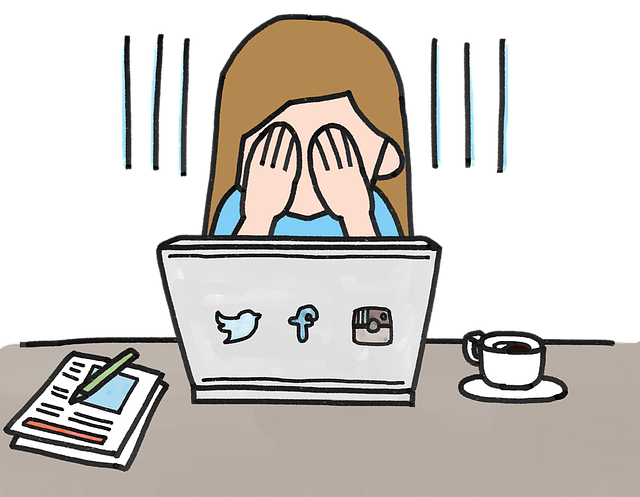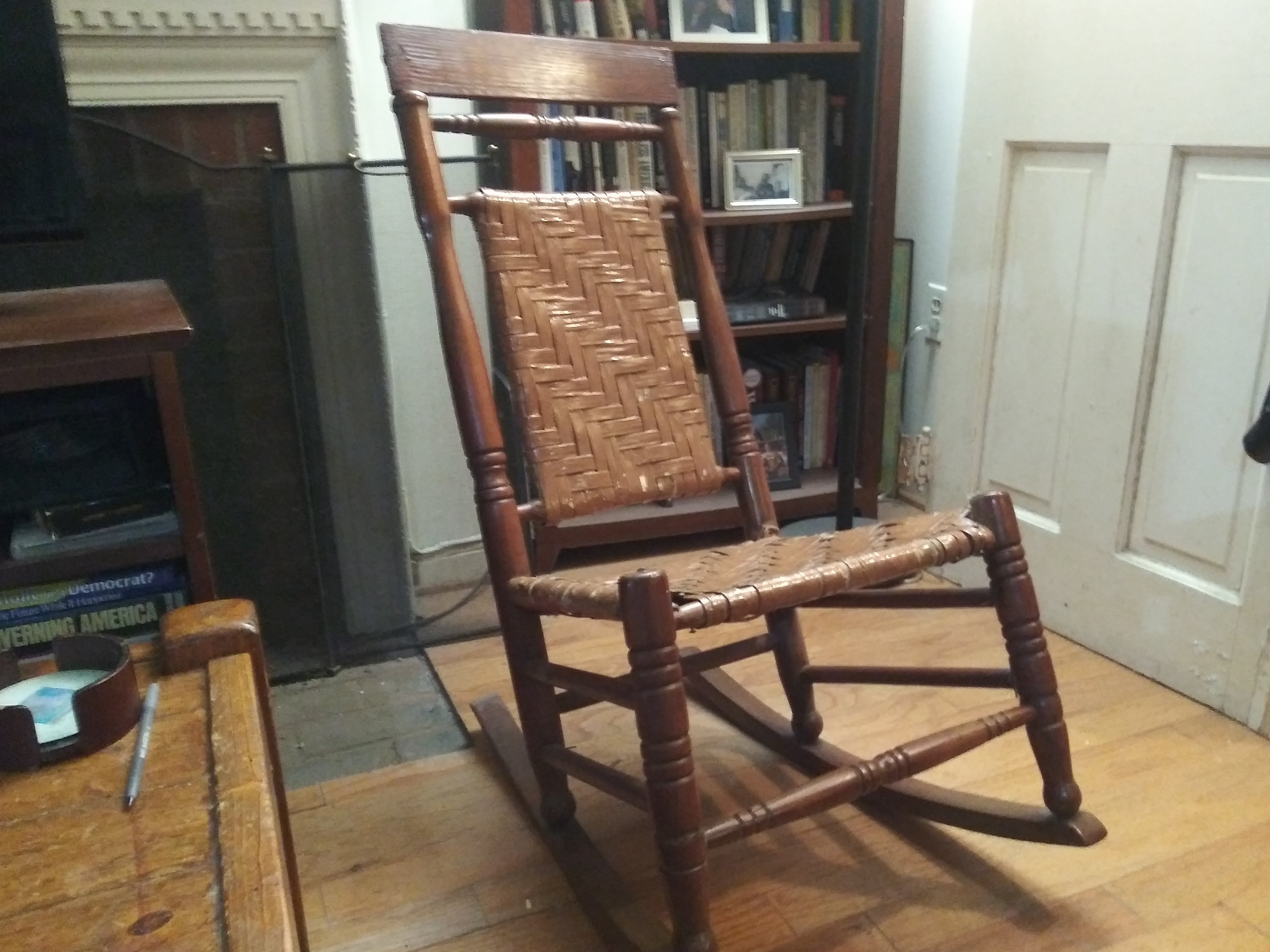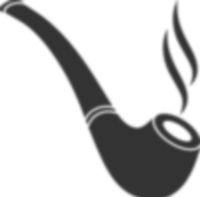How to Avoid Twitter

For years, reporters have pledged to avoid Twitter, the addictive micro-blogging service du jour. The latest to have done so is Caitlin Flanagan of The Atlantic. In an essay last month, with characteristic good humor, Ms. Flanagan described her rehabilitation plan:
It was to be a battle of wills between one aging, chemo-addled brain and the daisy-fresh minds of the world’s most talented coders, ultimate-Frisbee players, and ruthless businessmen. You can’t fight an addiction alone, so I engaged the assistance of one of my sons, Patrick. He is not on any social media, admires the work of the technology ethicist Tristan Harris, and is an all-around helpful and generous person. He was more than willing to change my password and not tell me what it was for 28 days.
Ms. Flanagan’s words echoed those of two New York magazine writers half a decade ago. Writer Abraham Riesman described adhering to strict rules to limit his tweeting:
The conditions of my exile are as follows: (1) I don’t read my Twitter feed; (2) I don’t access my account for anything other than checking the occasional direct message from someone who doesn’t have another way of contacting me (which I do by very briefly logging in to my account on the web version of the service); (3) I allow myself a single tweet to promote any given piece I might be promoting, and when I do that, I tweet it via a social sharing button rather than direct use of the site (I accidentally forgot this rule and sent out one tweet via the web platform to promote an article a while ago); (4) if I need to monitor some breaking news, I can use a dummy account I built that has no followers and only follows news organizations.
The other writer, Annie Lowrey, went cold turkey. Among other steps, she deleted Twitter from her smart phone and removed its link to her bookmarks bar.
These writers deserve credit. They recognized Twitter is “addictive” and a “compulsion” and they pledged to step back. This in an age in which using Twitter is encouraged. Yet, and I’m sure you could see this coming, two of the writers, Ms. Flanagan and Mr. Riesman, dropped their pledge and are tweeting as furiously as before. (Only Ms. Lowrey has pared back her use). Twitter won the war.
Goodbye to Most of That
I, too, had a Twitter habit once. For years, I was on the site for two-to-four hours a week, checking my news feed, knocking out a 140- or 280-character tweet, and replying to commenters. It seemed like a decent use of my time. While my tweets rarely (ever?) received more than a handful of retweets, I took solace in reading and responding to well-known historians, political scientists, and upper-crust journalists. While I may not have been a Twitter addict, I used it too often.
Now I tweet and check my news feed no more than a few times a week. I rarely regret spending too much time on the service. I avoid “the shallows.” And I am not back to my old tricks. I dropped my Twitter habit.
My rehab plan was simple. Instead of undertaking an indefinite Twitter fast or following elaborate rules, I adopted a new habit. I read books. Since I started in January 2020, I have read 42 books. That amounts to two-plus books a month. This is a decent if not an astounding clip.
Having a broad goal helped me. I set out to master the secondary literature on Congressman Ryan and Jim Jones—books that described them, minor characters, the historical era, etc. Reading Brett McKay’s post on a developing a specific reading goal helped me too. Last year, I pledged to read 50 pages a day every day.
Starting It Like a Good Habit
What helped me most of all was following a book-reading ritual. The ritual follows the writer James Clear’s idea about habit formation. He said habits are formed or ended in a four-stage process: cue, craving, response, and reward. This habit loop is simpler than it sounds. Let me break down each step.
A cue stimulates the senses to do the habit—a sight, sound, or smell that tells your soul to follow an action. In my case, the cue is a wooden rocking chair, a shabby gentile piece of furniture that could not be mistaken for JFK’s in the White House.

The chair creaks, but I don’t care. It comforts and relaxes me. Those are the feelings you want to associate with reading. I will add, too, the chair is a limited purpose piece of furniture. I don’t watch TV or talk with friends or family. I read there. Because I limit my use of the chair, I associate it with positive feelings. This prompts a craving, the second stage of the habit loop. It’s the emotional state I wish to achieve.
The third stage, the response, was to read. I planned to read for 45 to 50 minutes each hour. Early on, while dipping into Joseph Conrad’s short stories and novels I allowed myself an occasional break to go online to find the meaning of obscure nautical terms. Later, I recognized unless the term was essential to the plot, I would wait till my reading jag was over.
Sometimes while reading my attention wanes. To complete the fourth stage of the habit loop, the reward, I started smoking a tobacco pipe a few nights a week. The pipe delivered not only nicotine that helped me focus but also a soothing odor that spurred me on to further reading.
The pipe was one part of my reward. Typing up the books I read was another. Two or three years ago, I bought a 1971 Adler Tippa S typewriter. While I intended to use it to write first drafts of my stories, I scaled down my use of it for typing up envelopes or lists. For whatever reason, hearing the clatter of keys on paper and the ding of the carriage is strangely satisfying.
Twitter started in 2006. Even top-flight writers and reporters overlooked the service’s addictive nature till a decade later. Now we need to learn a lesson the ancient Greeks and Romans taught. To get rid of a habit, it helps to add a new one.
